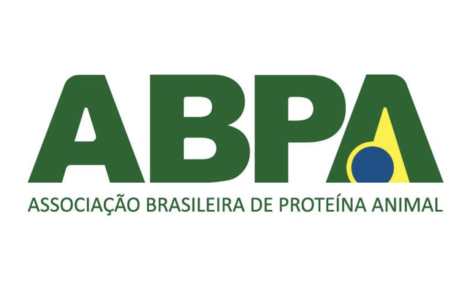



Reducing Environmental Impacts of Pork Production
UK - WRAP has published its 'hotspot data' for 50 grocery products, including pork, showing areas where attention should be focused in terms of reducing environmental impacts.WRAP, set up in 2000 to help recycling take-off in the UK and to create a market for recycled materials, has published its 'hotspot data' for 50 grocery products, including pork.
The information, published as part of the Product Sustainability Forum (for which WRAP provides the secretariat), is intended to enable suppliers and retailers to more easily access data on the environmental impact of various groceries.
The 'hotspot' areas considered in the report are: waste, greenhouse gas (GHG) emissions, water impact, energy use and material risk.
Each of these are examined within the context of agriculture, packaging, processing, retail and consumer.
Looking at pork specifically, the following are identified as hotspots:
- Environment: Pig feed (e.g. wheat, feed, barley and soybean meal) contributes the most to the carbon footprint of pig farming. Protein sources can include soy – which has been linked to deforestation. Other, less significant, sources of GHGs on farm are those arising from manure management and the use of energy in livestock housing.
- Waste: Pig blood can be used to produce higher value products. Some abattoirs send Category 3 material direct to third party users (e.g. pet food), rather than rendering. Some 120,000 tonnes of pork are wasted in UK homes everyyear. Avoidable consumer food waste is around 93,000 tonnes.
- Water: Water use during processing is high due to use in cleaning & sterilisation: around 165 litres per pig.
A number of opportunities to reduce the environmental impact of pork as a grocery are also suggested as part of the study, including a specific recommendation to lower the impact of pig feed. WRAP recognised that soya is an important source of protein in pig feed. However, the organisation also note the “significant environmental impact” of soya production, including “forest habitat destruction in the Cerrado and Amazon ecoregions in Brazil...[which] exposes pig meat to risk by association.” It adds that an over-reliance on soy products in pig feed also exposes businesses in the pig meat supply chain to the risk of price spikes and potentially to disruptions in supply.
In light of this, WRAP calls for the adoption of 'low impact pig feed which reduces the impact of pig feed production by: a) displacing soya with other sources of protein and b) only using soya from sources certified as responsible. To implement this change, WRAP says there is a need to a, create demand using procurement policies and systems to target pig meat produced using low impact pig feed; and b, develop supply through working with other businesses in the supply chain to develop adequate and reliable sources of pig meat, produced using low impact pig feed.
Other recommendations for reducing the environmental footprint of pork include:
- Improved soil management (An example is given of a farm which uses the pig waste from its 300-sow pig unit as farmyard manure, saving 60-80 units/year of inorganic fertiliser equivalent)
- Water efficiency in livestock farming
- Identifying the true cost of waste
- Water efficiency in meat processing (It is noted that due to Hygiene Standard compliance there is a limit to the water reductions possible)
- Extending product shelf life
- Reducing consumer food waste
- Digestate as a fertiliser supplement
- Optimising refrigeration
- Lowering the impact of pig feed
- Carrying out an LCA or footprinting study






